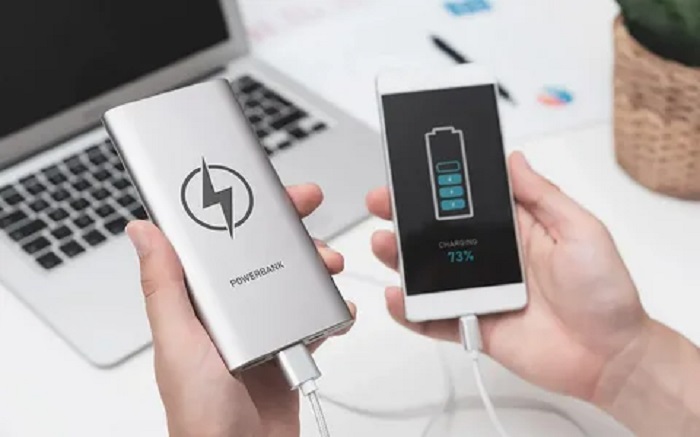The modern lifestyle often involves using mobile devices throughout the day, which can quickly drain batteries. In such situations, a power bank—a portable device for charging smartphones, tablets, and other gadgets—comes in handy. However, when choosing the right model, it’s important to consider a number of parameters to ensure it best meets your needs.
The first and most important criterion is battery capacity, measured in milliampere-hours (mAh). The larger the capacity, the longer the power bank will last, providing multiple charges for the device. However, larger capacity typically entails increased size and weight. Therefore, it’s important to balance portability and battery life.
Also, consider charging speed, compatibility with various devices, and the presence of additional features, such as multiple ports or built-in cables. Before purchasing, we recommend buying power banks on https://jiji.cd/ to review the selection, specifications, and user reviews. A properly selected power bank will be a reliable assistant in situations where it’s important to stay connected and independent of the power grid.
Practical Criteria for Determining Power Bank Capacity for Daily Needs
Choosing the right power bank capacity depends on your daily needs and the devices you plan to charge. The right choice will ensure reliable operation without adding unnecessary weight or burden. Before purchasing, it’s important to determine how much power will be required to power your devices throughout the day.
Pay attention to the types of devices and their average power consumption. For smartphones, tablets, and wearables, there are guidelines that help you choose the optimal battery capacity for an external power source. Below are practical recommendations on this matter.
Criteria for Determining the Required Power Bank Capacity
- Calculating Daily Needs: Find out your device’s average daily power consumption. For example, a modern smartphone with a 3000 mAh battery typically uses around 200-300 mAh during daily use. Based on this, you can determine how long a full charge is needed to recharge.
- Capacity Reserve: It is recommended to choose a power bank with a capacity at least 1.5-2 times greater than your daily needs to ensure reserve power for increased usage or additional charging sessions. For example, for a smartphone with a 3000 mAh battery, a power bank with a capacity of 5000-6000 mAh is suitable.
Practical Tips for Choosing a Capacity
- For Daily Wake-up Calls: A power bank with a capacity of 3000-5000 mAh will be sufficient for one or two smartphone charges. It’s lightweight and easy to transport.
- For extended mobility: If you’re often on the go and use multiple devices, it’s preferable to choose a model with a capacity of 10,000-20,000 mAh. This will allow you to charge your smartphone multiple times in a row or charge other devices.
- Consider portability: Larger capacities often come with increased weight and bulk. Balance your energy needs with portability.
How to choose a battery by weight and size
It’s recommended to base battery capacity on the number of devices and the amount of time you use it. For example, for short trips and everyday needs, a power bank with a capacity of 8000–10000 mAh is suitable. It typically weighs between 200 and 300 grams and is compact.
For longer trips or active recreation, when you need to charge laptops or multiple devices, it is better to choose a battery with a capacity of 20000 mAh or higher. These models typically weigh around 350-500 grams and take up a little more space, but provide long-lasting power.
- Pay attention to size: Choose more compact models if portability and travel comfort are a priority.
- Battery weight: Try to find a balance between capacity and weight to avoid adding unnecessary burden.
- Battery type: Lithium-ion or lithium-polymer batteries are usually lighter and more compact.












Оставить коммент.